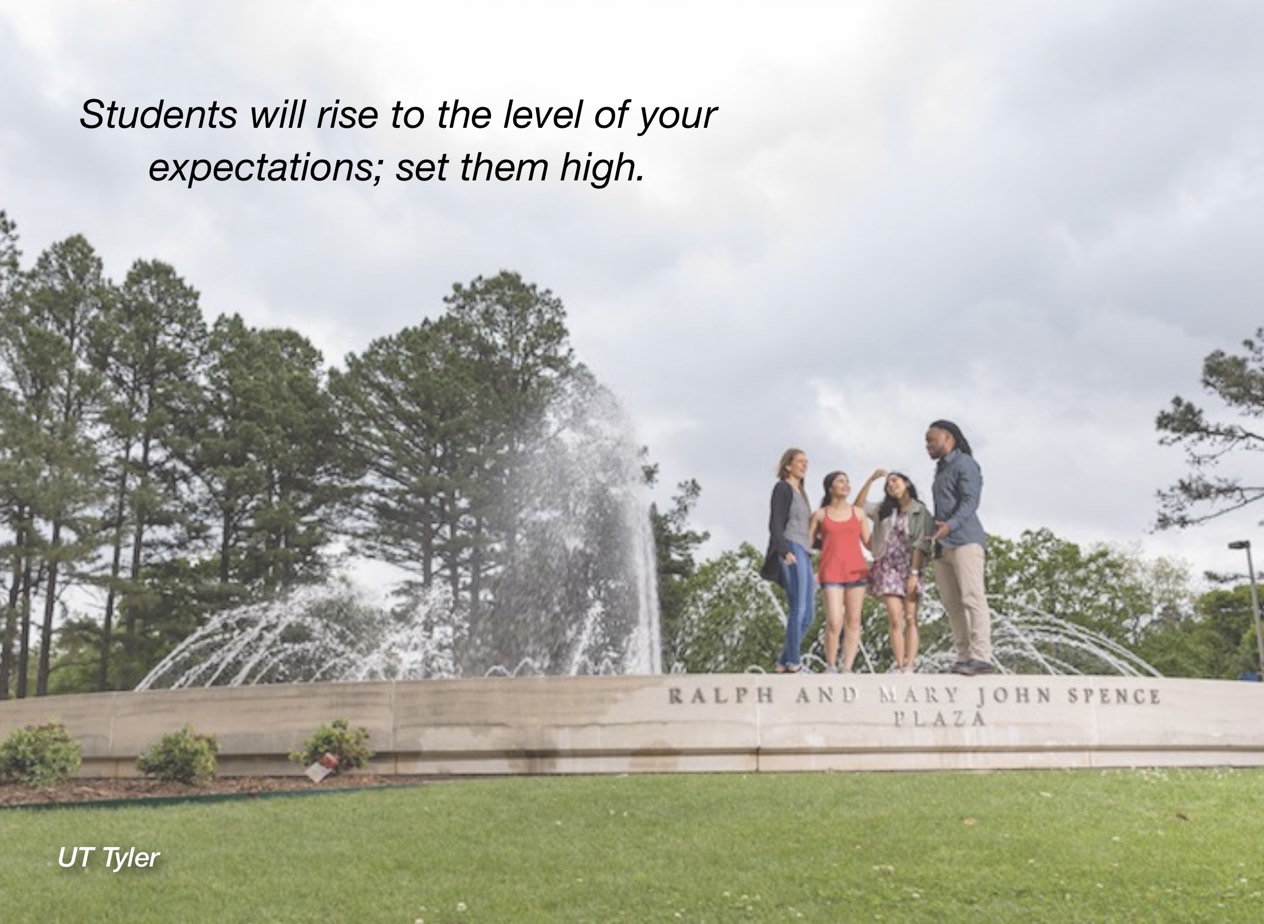39 “I’m Looking through You” (to Build Resistance to Manipulation)


Kenneth Roemer
The Beatles song “I’m Looking Through You” offers some useful lines for teachers. I know that for first-year composition students, dissertation writers, and students at every level in-between, I’ve quoted the line, “The words aren’t clear.” But that song is certainly a poor teaching manual. We’ve been taught to engage students. Make eye contact. Don’t look through them. Still, there is a fundamental truth to the perception of teaching as a “looking-through” experience. Too often we get caught up in the moment of teaching. Immediate or short-term goals become blinders that prevent us from seeing opportunities to help students resist manipulation after they graduate.
In my first year of teaching, I’m sure my blinders were quite thick. I was hired as an assistant professor of English, but my PhD was in American studies. I was determined to prove to my colleagues that I could teach first-year composition. I focused on developing specific skills: how to write a topic sentence, how to outline, and how to appeal to an audience. Besides teaching writing skills for college courses, I hope my approach helped some of the students after they graduated in careers that involved writing.
But a question from one student in a composition class a couple years later taught me how limited my vision was. She was a thirty-six-year-old grandmother and the smartest student in the class. The assignment was to imagine a transformed Arlington, Texas – a utopian Arlington. She came up to me as others were writing and whispered, “What if I think Arlington is utopia?” Students who overheard her snickered. But their ideas (which included more parking spaces) suggested that they also had trouble thinking beyond the present. Our educational system wasn’t doing a very good job of enabling students to define what they wanted in the future. Therefore, ad campaigns, talk-show hosts, charlatan religious leaders, and politicians, who all thrive on telling people what they should desire, could manipulate these students.
My most elaborate response to this problem was a “Build Your Own Utopia” course, inspired by a team-based, problem-solving pedagogy – known as Guided Design – that was designed by engineers at West Virginia University. For example, one of the problems challenges students to develop a plan to create one “ideal” individual. The problem-solving, which proceeds through a series of instructions and feedback, involves many practical and ethical issues, including defining what they mean by ideal and defining the human and environmental conditions related to this concept. This process invites students to consider what each of them desire to be as an individual.
There are some courses that lend themselves more obviously than others to this type of “looking-through” pedagogy – for instance, engineering and science classes in sustainability. But “looking through” can be a part of almost any course if, before presenting each assignment, a teacher asks herself, “How will this assignment impact the students’ abilities to define what they want and thus render them less likely to be the victims of future manipulators who want to impose their desires on them?” The question can be used in the study of a historical era by provoking students to ask if they want a repetition of the circumstances in that time period, a lab experiment by highlighting the tensions between the desired results and the temptation to manipulate evidence, in a studio art project by speculating about how the project might shape how people want to define beauty or ugliness, and in many other types of courses. If this kind of looking through helps students think beyond desires for more parking lots and helps build resistance to unethical manipulators, then we will have certainly given them a good education.


Chapter 39 Commentary: Sophia Andres
“I often think students watch YouTube videos more often than they open their books. Rather than condemning the students’ desire for the visual, we can actually capitalize on it. There is a YouTube video on just about every topic, and we can supplement our teaching with one of them. Of course, it takes time to screen through quite a few of them to find a good one. However, we can also ask students to find a YouTube video on a given topic, share it with their classmates and have them discuss its positive and negative qualities. Questions can involve the knowledge of the material presented in the video, its authenticity, the attempts of the authors to distort information or manipulate viewers. We can thus prepare students to be active rather than passive viewers, questioning the information to which they are daily exposed to in social media.”

